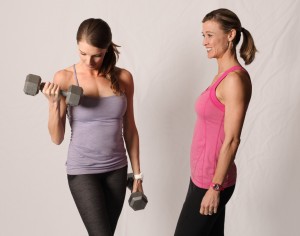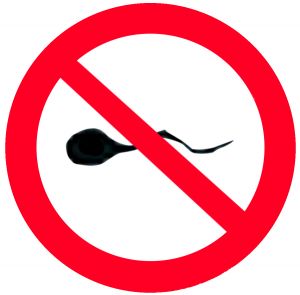More Than Kegels
By Dr. Jesse Rapp, PT, DPT, COMT, OCS – Taylor Physical Therapy & Wellness
“Do your kegels!” We hear this common phrase any time there is a pelvic health related issue. This question comes in pregnancy, postpartum and throughout the age range. We are told this no matter the issue that is occurring such as if a person has urinary leakage, pelvic pressure and even when having pelvic pain.
I’d like to start by saying not everyone should do kegels. If you suspect there is any tightness to the pelvic floor, kegels can actually worsen your symptoms. Also doing a kegel correctly can be difficult in making sure you isolate the correct muscles and aren’t holding your breath.
The good news is there are better ways to activate your pelvic floor muscles instead of just doing kegels! I think of it like this; if I want strong shoulder muscles to help me lift and carry my toddler and all I did was bicep curls then I may have shapely looking biceps but it doesn’t help the function of my shoulder. I am no better at coordinating all the muscles needed to lift my toddler because all I did was isolate 1 muscle group when in reality all the muscles need to work together to be successful in function. This is true with our pelvic floor muscles as well. A kegel contraction isolates our pelvic floor muscles. This is important to make sure the muscle works but the job of the pelvic floor muscles is to work in conjunction with all the other muscles in our pelvis, hip, low back and core. When all these muscles work well together, we get a stronger core, supported organs, continence and better sexual appreciation!
How can we engage our pelvic floor without kegels? Here are a few exercises that can help.

Breathing can be an excellent exercise for better pelvic health. Sounds easy right? Don’t be fooled, breathing can be tricky! The pelvic floor muscles and the diaphragm work together as a team. Diaphragmatic breathing can be difficult for people especially during pregnancy and postpartum when the rib cage changes positioning and our diaphragm pushes up. This is also hard for people who are chest breathers too. Certain breath patterns can feed into urinary leakage and pelvic pressure. Uncertain about how you breathe? See a pelvic floor therapist to help assess your breath pattern!
Bridges can be an excellent way to engage your pelvic floor. Usually we think about bridges as a buttock exercise but when done correctly they also engage your pelvic floor and core.
Squats are a wonderful functional exercise that engage many muscles of our body and can be an excellent pelvic floor exercise. Your form and your breath matter!
Balance exercises are great too! Our pelvic floor muscles are preparatory in nature meaning they kick on early to help us stabilize our bodies. One way we can challenge our pelvic floor muscles is by challenging our balance. You can do this in a variety of ways but always make sure you feel safe.
At Taylor PT & Wellness, we are passionate about helping women feel empowered and strong in their bodies so if you are struggling with incontinence, painful intimacy, constipation, had a C-section or are just uncertain whether you have issues with your core or pelvic floor…give our clinic a call! We offer 1:1 visits, yoga classes, Push Prep Birth Classes, Pregnancy Prep and Postpartum Recovery programs.
Cheers to good health mamma!


![[Clothes Hanging Storage Organizer] - Our hanging closet organizer comes with 2 sets of weekly labels in different colors, so you can choose according to your preference. There are 6 shelves of open storage space for easy access to clothes. Specially...](https://m.media-amazon.com/images/I/41Bjs3vGEcL._SL160_.jpg)


































